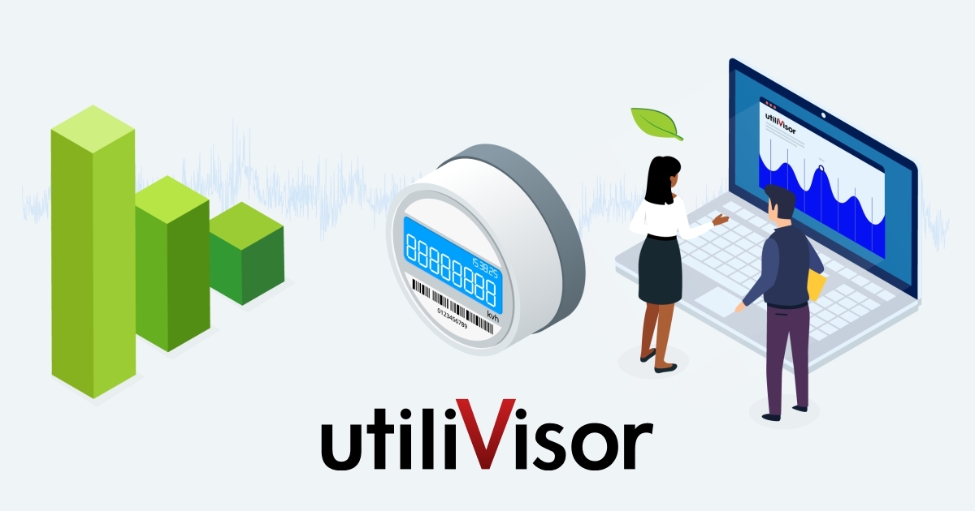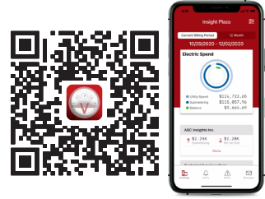Columbia’s Manhattanville Campus Takes Aim at Carbon Emissions; Targets Decarbonization Through Submetering
Columbia University is committed to achieving net-zero carbon emissions by 2050 and has brought in utiliVisor to help track building efficiency and behavior.
As far back as 2017, Columbia University has been shaping its plans to lower its carbon footprinton its Manhattanville campus in New York City. The university is committed to achieving net-zero carbon emissions by 2050, if not sooner, and its sustainability plan targets every aspect of Columbia, from education to building operations, design and construction, transportation, and the management of resources.
The buildings at Manhattanville are relatively new; however, not everything had been configured during construction in a way that made tracking plant and building efficiency simple, or even practical. With three separate BMSs, SCADA, and many unnetworked meters, the facility team knew that with such isolated systems, they weren’t getting everything they could out of the equipment they had. They also struggled to understand the numbers they had, concerned that meters were inaccurate.
To address meter accuracy and develop an integrated system that would allow the engineers to see into building behavior, Columbia’s Manhattanville operations team brought utiliVisor in. The biggest challenge? Developing an acceptable security protocol with the IT department for connecting securely to utiliVisor’s system. But thanks to the motivation and communication skills of everyone involved, the new system was quickly calibrated and was collecting data within six weeks.
One of the first ways Columbia used the utiliVisor tool was to compare the remote metering data to their manual reads to flag numbers that didn’t make sense, such as measuring more steam at the individual buildings than the plant produced. Six months in, the data is being carved upaccording to each team member’s goals and interests.
Energy engineers for the campus are downloading the interval data to develop models for how each building uses energy. The district system director uses the data in our graphical interface to evaluate the most economical way to operate the plant under current conditions. And the assistant vice president for energy & engineering is getting the KPIs and metrics he needs to set targets as well as to prepare for NYC’s carbon emissions reporting requirements (LL97).
And this is just the beginning. The team plans to continue developing tools to help university stakeholders at all levels have visibility into building behavior and emission impacts. As director of the district energy system Michael Haeser said, “[utiliVisor is] not an ‘I gotcha’ tool, it's more of a tool to say, ‘Hey, we're doing great or we can improve, and showing where the improvements have to come from. You're not going to be initially pleased with all the data that you get due to [the fact] that you haven't been really collecting it…. And now you find [that] areas you thought were efficient were not. At the end of the day, it's this data that's going to help us out to get to the goals of the university.”
Tracking carbon emissions in real time at a granular level is a springboard for improvement according to the team’s energy engineer, Alex Duleba. “This can help so many different people on so many different processes. You just need to actually look through it and figure out, what are your goals? What are your KPIs and then [you can] start actually making actionable change to reach those goals…. There's a certain number of projects that have already been implemented at Columbia where the savings are sort of invisible. Within the milieu of everything occurring at Colombia… you're not going to be able to see a small or even moderate-size change in energy consumption, because there might have been an increase in occupancy during that period, or maybe there's construction going on on some of those floors. So a much more zoomed-in view of energy consumption on a small timescale is incredibly helpful.”
Ultimately, the team wants to use the data they’re collecting now to optimize building behavior by developing programs to dispatch energy in ways that minimize carbon emissions. With campus growth on the horizon, the university knows that reaching net zero by 2050 will be the challenge of a generation. But with detailed visibility into building behavior, what used to be guesswork has become knowable.
“We're looking at, sometime in the next year, to probably break ground on the next 500,000-square-foot building on the Columbia Manhattanville campus, with another 300,000-square-foot building to follow suit shortly after that,” explained Sean Scollins, Columbia’s assistant vice president of energy & engineering. “There are future plans to expand that campus well beyond those two additional buildings on property that we own in the area. And so yes, there is a lot of potential growth and you know, the beauty of having a system in place right now? We can do it – right – in the (new) buildings from day one, which is exciting.”
Ready to discuss how we can help your organization?
Contact one of our energy experts to discuss your needsAbout utiliVisor
Your tenant submetering and energy plant optimization services are an essential part of your operation. You deserve personalized energy insights from a team that knows buildings from the inside out, applies IoT technology and is energized by providing you with accurate data and energy optimization insights. When you need experience, expertise, and service, you need utiliVisor on your side, delivering consistent energy and cost-saving strategies to you. What more can our 45+ years of experience and historical data do for you? Call utiliVisor at 212-260-4800 or visit utilivisor.com

